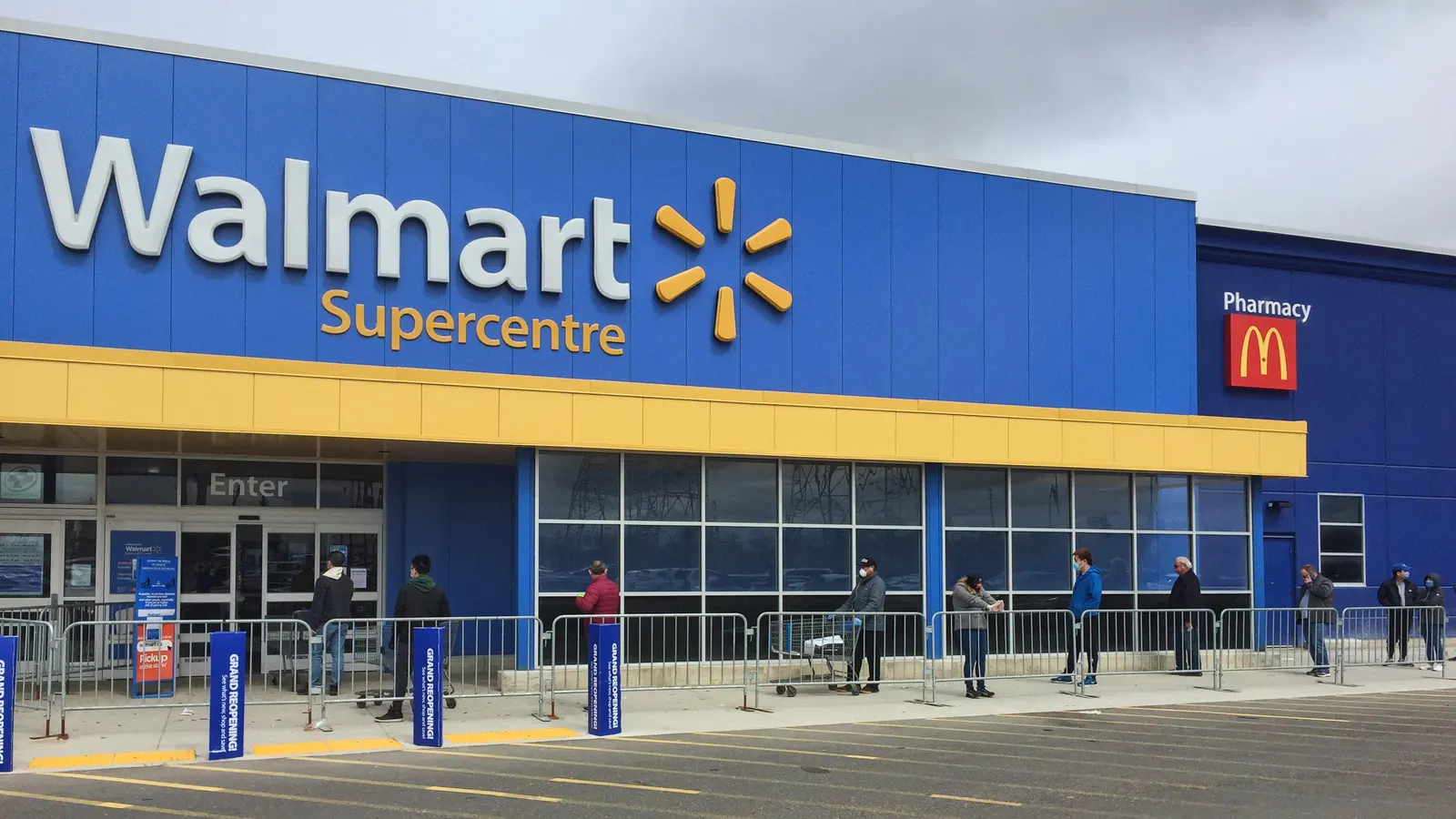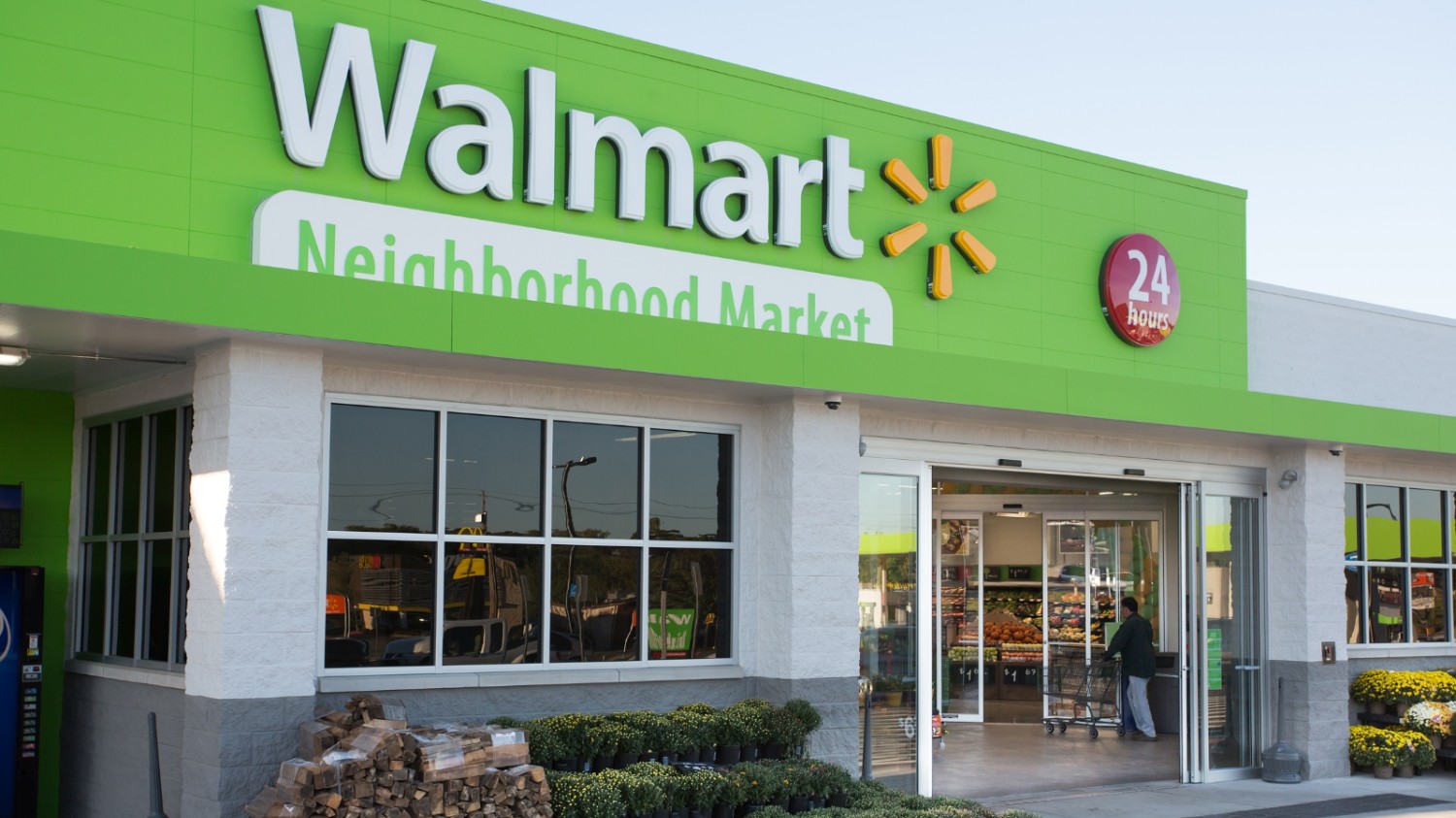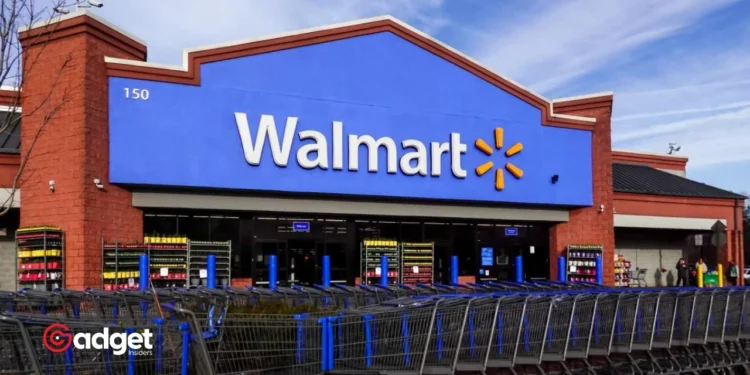As inflation bites and fast food prices climb, a growing number of consumers are ditching the drive-thru in favor of the grocery aisle. Leading this shift is Walmart, which is not just surviving but thriving in these challenging economic times by offering a wallet-friendly alternative to fast food. Here’s how America’s largest retailer is redefining the value meal, with insights from recent earnings calls and market analysis.

A Fresh Take on Dining: Groceries Over Fast Food
In a recent CNBC interview, Walmart’s CFO John David Rainey highlighted a notable trend: the shift from dining out to dining in. According to Rainey, “It’s roughly 4.3 times more expensive to eat out than it is to eat at home.” This stark price difference is driving more consumers to Walmart’s grocery aisles, seeking both value and variety in their meal choices.

This shift is supported by the broader economic context, where restaurant chains like McDonald’s, Starbucks, and Yum Brands have seen disappointing results, contrasting sharply with Walmart’s robust growth. The retailer reported a 3.8% increase in transactions across its U.S. stores and website, signaling strong customer traffic and a successful appeal to budget-conscious shoppers.
Culinary Innovation Meets Consumer Demand
Amidst rising dining costs, Walmart has strategically launched Bettergoods, a premium grocery line featuring eclectic and health-conscious options. From curry chicken empanadas to salted caramel oat milk ice cream, Walmart is not just competing on price but also on quality and uniqueness. This move positions Walmart not only as a grocery provider but as a culinary innovator, challenging traditional fast food with healthier, diverse alternatives that appeal to a wide range of dietary preferences.
John Furner, Walmart U.S. CEO, emphasized the role of Bettergoods in Walmart’s strategy, noting its appeal to health-conscious consumers and those following special diets. This is a clear indication of Walmart’s commitment to providing options that go beyond mere sustenance, offering enjoyable and unique eating experiences at a fraction of the cost of dining out.
Since Walmart pulled their advertising from X, now would be a good time to look into all their strangely overpriced items that have been listed on their online store.
Has Walmart’s site been used to sell and traffic children?#Pizzagate
— LIZ CROKIN (@LizCrokin) December 5, 2023
Economic Trends and Consumer Behavior
The recent inflation data from the U.S. Labor Department shows a distinct contrast in food pricing trends: a modest 1.1% year-over-year increase in the cost of food at home versus a more substantial 4.1% rise in the cost of food away from home. These figures underline the economic forces propelling consumers towards more economical food choices available at stores like Walmart.

Moreover, the impact of economic pressures on consumer behavior is evident across the dining spectrum. While fast-food giants like McDonald’s face pushback over high prices — exemplified by the viral $18 Big Mac combo — chains like Chipotle and Wingstop continue to report strong sales, suggesting that the shift in consumer preferences isn’t solely price-driven but also influenced by the quest for value and quality.
Conclusion: The Value of Home-Cooked Meals
Walmart’s success in the current economic landscape is a testament to its ability to adapt and innovate in response to consumer needs. By providing affordable, diverse, and high-quality grocery options, Walmart is redefining what it means to enjoy a “value meal.” The retailer has effectively turned the economic challenge of inflation into a business opportunity, attracting customers who find dining out prohibitively expensive.
As fast food becomes a less viable option for many, Walmart’s grocery aisles offer a welcome alternative, promising both savings and satisfaction in every cart.










